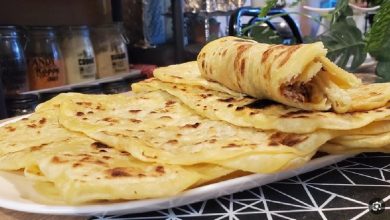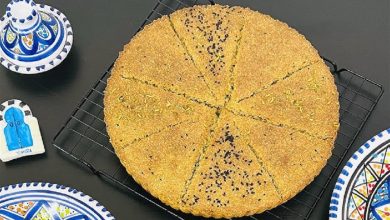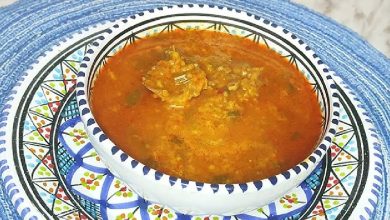La Marsa Cuisine: Tunisian-Egyptian Partnership Behind America’s Best Arab Restaurant 2023
From Michigan to Florida, La Marsa brings authentic Mediterranean flavors, Arab entrepreneurship, and community empowerment to the U.S.
At La Marsa, we invite you to embark on a Mediterranean culinary journey that celebrates vibrant and rich flavors. Since 2006, our founders—Adel, Fadhel, and Mohamed—have been committed to bringing the essence of Mediterranean hospitality and cuisine to the heart of Michigan and Florida.
The La Marsa Story
La Marsa began with a vision: to offer the Southeast Michigan community a dining experience that combines healthy, fresh ingredients with the warmth and friendliness of Mediterranean culture. From the very beginning, our mission has been simple—to serve delicious, authentic food in an atmosphere that feels like home.
Today, that vision has grown into a culinary empire with multiple branches, loved not only by the Arab and Muslim communities but also by food lovers from all backgrounds across the United States.
Award-Winning Success
In 2023, La Marsa was officially awarded the title of Best Arab Restaurant in the United States, a recognition that celebrates not only the quality of its food but also its role in representing Arab culture and values on a national stage. From savory shawarma and grilled kebabs to Tunisian and Egyptian specialties, the restaurant offers a culinary journey that resonates with both Arab-Americans and wider American audiences.

The Power of Partnership
The success of La Marsa is also the story of Arab collaboration in America. Behind the brand stand Fadel Ghnouni from Tunisia and Mohamed El-Naggar from Egypt, entrepreneurs who blended their North African roots with a shared dream of showcasing authentic Arab cuisine in the U.S. Their partnership reflects the strength of cultural unity and immigrant determination.
Supporting the Arab and Muslim Community
What sets La Marsa apart is not only its food but also its mission. The founders are deeply committed to supporting young Arab entrepreneurs who aspire to enter the restaurant industry. Through mentorship, partnerships, and community programs, La Marsa has become a launchpad for many aspiring Arab-American restaurateurs.
A Cultural Bridge in America
For Arab and Muslim families in Michigan, La Marsa is more than a restaurant—it is a cultural hub. It preserves flavors from the homeland, celebrates traditions, and creates a welcoming space where generations connect. With branches in both Michigan and Florida, La Marsa continues to bridge cultures while expanding its reputation nationwide.

Looking Ahead
With nearly two decades of success, La Marsa’s mission remains unchanged: to honor Mediterranean cuisine, uplift the community, and inspire the next generation of Arab entrepreneurs in America.
Address: 24273 Middlebelt Rd, Farmington Hills, MI 48336
Website: www.lamarsacuisine.com
Phone: (248) 473-9900



